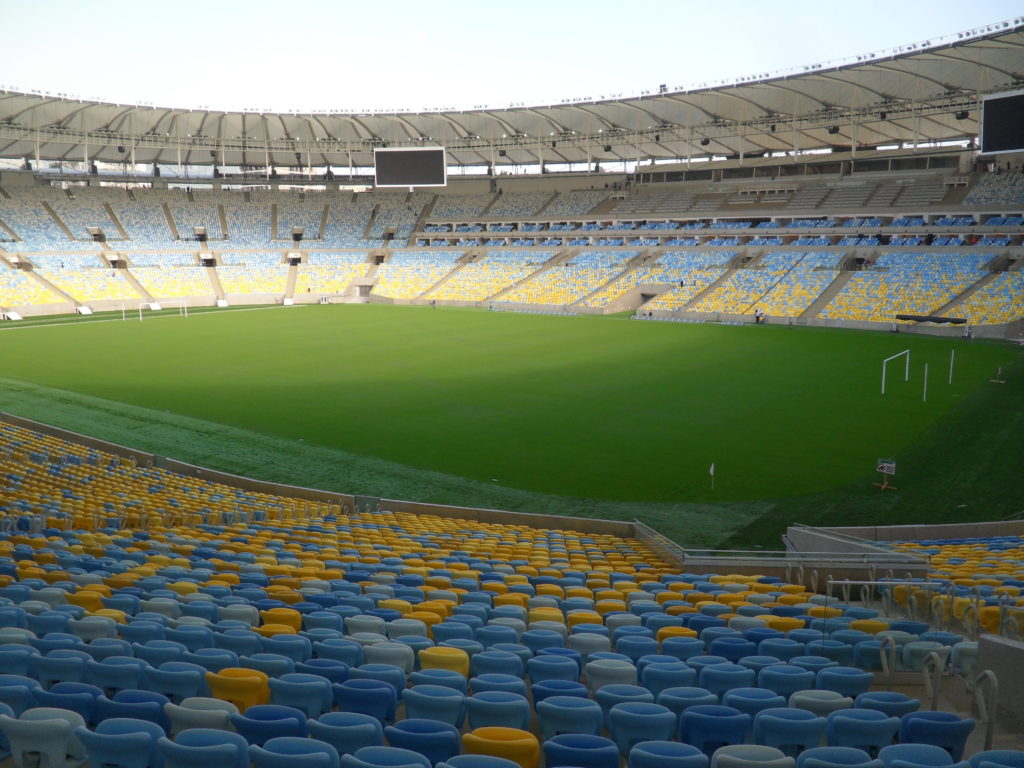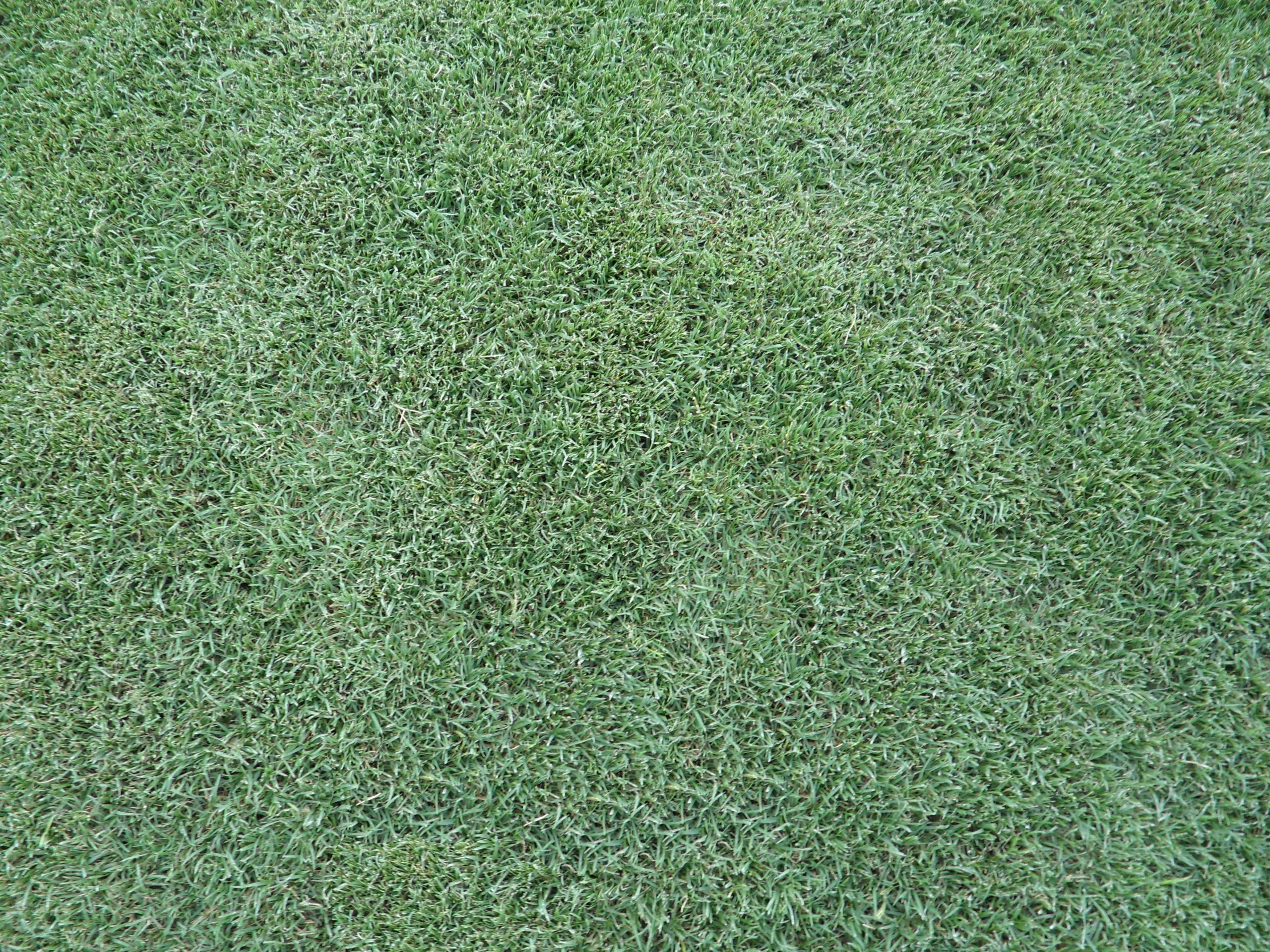

Maracanã Rio de Janeiro: A Case Study in Celebration Bermudagrass Drought Tolerance
One of the most iconic stadiums in the world, Maracanã is a recognized feature of Rio de Janeiro’s skyline and a centerpiece of the 2016 Summer Olympics. Inaugurated in 1950, the stadium is ingrained in Rio’s football history as the site of Pele’s 1000th professional goal.
A national landmark, Maracanã was renovated prior to the 2014 FIFA World Cup at a cost of $500 million. As part of the renovation, several different types of grass were tested to determine the best performer for the stadium’s field. The site of international soccer competition, Maracanã’s field not only had to stand up to tremendous foot traffic, but the stadium’s height also blocked the sun for much of the day, making shade tolerance a factor in the turf selection process.
After testing was complete, Celebration® Bermudagrass was the clear favorite. Greenleaf Gramados—a Sod Solutions distributor and Brazil’s largest turf sports field company—handled installation of the deep blue-green bermudagrass. Ito Grass is the largest sod producer located in Brazil and supplied Celebration to Maracanã Rio de Janeiro. A top choice for professional and college sports venues and golf courses, Celebration offers excellent wear tolerance and drought tolerance and recovery.

Pictured above: a closeup of Celebration Bermudagrass.
In 2016, more facility improvements turned Maracanã into a showplace for the opening and closing ceremonies of the 2016 Summer Olympic Games. But the field’s Celebration Bermudagrass had to be removed for the opening ceremony, reinstalled for Olympic competition, removed for the closing ceremony, then reinstalled after the closing of the games.
After the Rio Games concluded, a dispute ensued between the Olympic organizing committee and state officials as to who was responsible for ongoing maintenance of the historic Brazilian stadium. As the legal battle continued, the stadium fell into disrepair. Photos of the dry and worn turf of the playing field became iconic evidence of Maracanã’s decay.
“Because of the legal dispute, the grass received no maintenance and no water during January and February 2017, which is the heat of the summer in Rio,” said Roberto Gurgel, Executive Director of Research for Sod Solutions.
After the dispute ended, Greenleaf Gramados stepped back in to determine the best course of action for restoration of the field. With international soccer competition headed to Maracanã in a few short weeks, there was not enough time for installation and establishment of fresh sod.
“At that point, Greenleaf Gramados began an aggressive schedule of mowing, fertilization and watering, and within two weeks, the grass was back where it needed to be,” Gurgel said. “Newspapers in Argentina and Brazil ran stories about the miracle grass at Maracanã, and players on the team from Argentina who had complained about playing on dead grass couldn’t believe it.”
Celebration Bermudagrass has ranked first in numerous university research studies for wear tolerance and recovery, and drought resistance. In one such study conducted at Texas A&M University, the goal was to identify turf varieties that demonstrated the best summer dormancy capabilities and the ability to survive without water for a period of 60 consecutive days between the months of May and September.
Of the 25 turf varieties planted and observed during the Texas A&M study, Celebration ranked first with a recovery rate of 100 percent. The miracle at Maracanã shows why.

